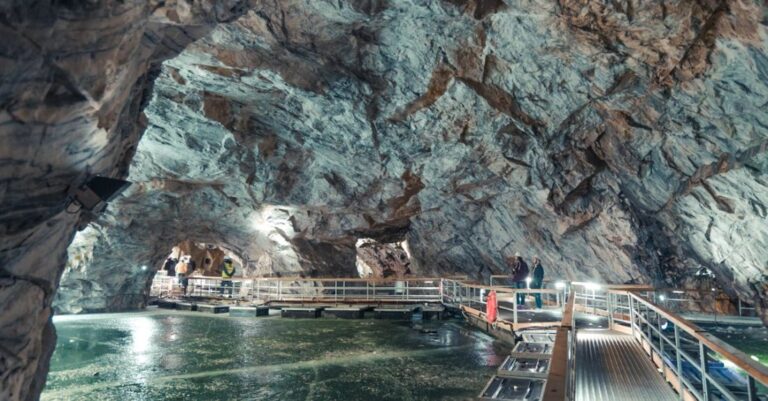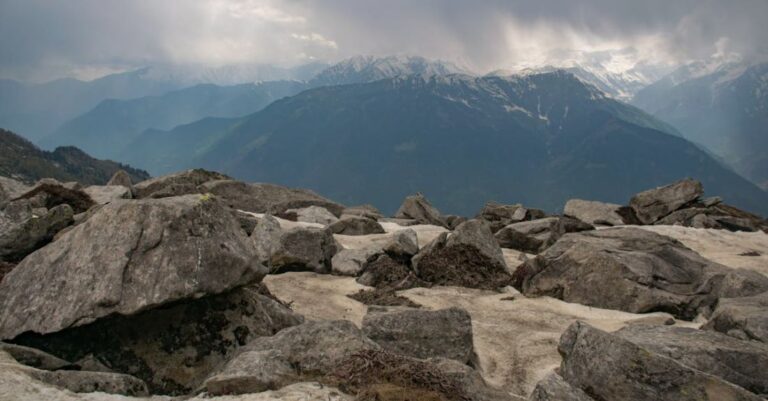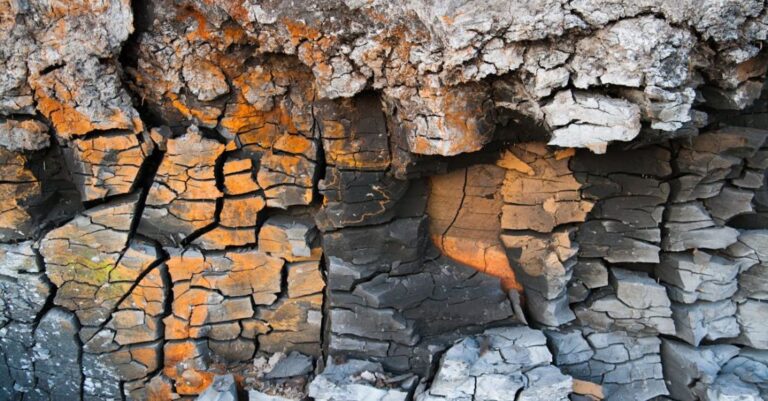
The Galapagos Islands, located in the Pacific Ocean off the coast of Ecuador, are renowned for their unique biodiversity and geological features. These volcanic islands offer a fascinating glimpse into the Earth’s natural history, showcasing a diverse array of landscapes shaped by millions of years of geological activity. From towering volcanic peaks to rugged lava fields, the Galapagos Islands are a geological wonderland that continues to captivate scientists and visitors alike.
**Volcanic Origins**
At the heart of the Galapagos Islands’ geological history lies their volcanic origins. The archipelago was formed through a series of volcanic eruptions that began around five million years ago. The islands sit on the Nazca Plate, a tectonic plate located beneath the Pacific Ocean, where the movement of the Earth’s crust has given rise to a hotspot of volcanic activity. As magma rises to the surface and solidifies, it forms the characteristic shield volcanoes that define the landscape of the Galapagos.
**Shield Volcanoes**
The Galapagos Islands are home to a number of shield volcanoes, including the iconic Sierra Negra on Isabela Island. Shield volcanoes are characterized by their low, broad profiles and gentle slopes, which result from the relatively fluid lava that flows from their vents. These volcanoes have played a key role in shaping the islands’ topography, creating a variety of habitats that support the rich biodiversity for which the Galapagos are famous.
**Lava Fields and Pahoehoe**
One of the most striking geological features of the Galapagos Islands is the extensive lava fields that cover much of the archipelago. These fields are the result of past volcanic eruptions, which have deposited layers of solidified lava across the islands. The lava in the Galapagos is primarily of the pahoehoe variety, characterized by its smooth, rope-like texture. Pahoehoe lava forms when molten rock flows quickly and cools rapidly, creating intricate patterns and shapes in the hardened rock.
**Tuff Cones and Craters**
In addition to shield volcanoes and lava fields, the Galapagos Islands also feature a number of tuff cones and craters that offer further insight into the islands’ volcanic history. Tuff cones are formed when explosive eruptions eject ash, rock fragments, and volcanic gases into the air, which then settle around the vent to form a conical hill. Craters, on the other hand, are depressions in the Earth’s surface that can result from volcanic activity, erosion, or other geological processes. These features add to the diverse range of landscapes found throughout the Galapagos Islands.
**Geological Activity and Conservation**
While the Galapagos Islands are no longer volcanically active, their geological history continues to shape the islands’ ecosystems and conservation efforts. The rugged terrain and nutrient-rich soils provide a unique habitat for a wide variety of plant and animal species, many of which are found nowhere else on Earth. Understanding the geological features of the Galapagos is crucial for conservation efforts, as changes in the landscape can have a significant impact on the islands’ delicate ecosystems.
**Exploring the Geological Wonders**
Visitors to the Galapagos Islands have the opportunity to explore these geological wonders up close, whether hiking along the slopes of a shield volcano, walking through a lava field, or marveling at the intricate formations of a tuff cone. By immersing themselves in the islands’ geological history, travelers can gain a deeper appreciation for the natural forces that have shaped this unique archipelago. Whether you’re a geology enthusiast or simply a curious traveler, the Galapagos Islands offer a fascinating glimpse into the Earth’s ever-changing landscape.
**In Conclusion**
The Galapagos Islands stand as a testament to the power of geological forces in shaping our planet’s landscapes. From the volcanic origins of the islands to the intricate formations of lava fields and craters, the Galapagos offer a window into Earth’s natural history. By exploring these geological features, visitors can gain a deeper understanding of the islands’ unique ecosystems and the importance of conservation efforts to preserve this natural wonder for future generations.





